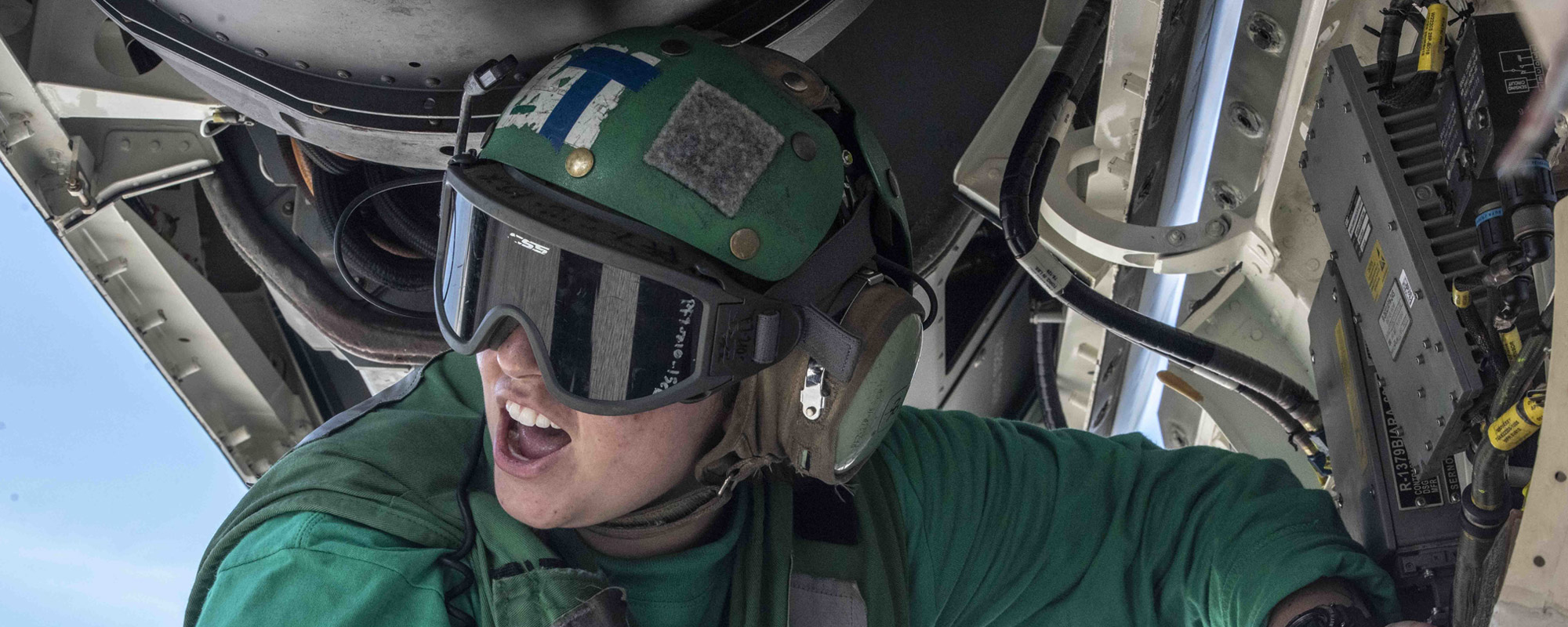
Categories: Capabilities, Space and Missile Defense, Systems Engineering, Meteyer
Operating in a Contested Orbit: Why Culture and Doctrine Are Key Elements of Space Superiority
Author: Dave Meteyer, Group Leader in the Space and Intelligence Division
- Alexandria, VA | July 30, 2025
Rebuilding Strategic Advantage in Orbit
In 2008, the number of tracked objects in orbit was just over 9,500. Today, that number exceeds 47,000—and rising. Satellites, debris, and maneuverable platforms crowd every regime from LEO to GEO. “The space domain is now much more congested, populated by systems of various sizes, different orbital regimes, and operated by adversaries as well as ourselves,” explains Dave Meteyer, Group Leader in the Space and Intelligence Division at Systems Planning & Analysis (SPA).

An illustration of the increased number of tracked objects from 2008 to 2025.
This shift has transformed space from a benign support domain into a contested warfighting environment. But our most pressing challenges are not solely technical—they are institutional. Maintaining space superiority depends on a resilient military culture, sound doctrine, and operational clarity that reflect the realities of this evolving domain.
Space Domain Awareness: The Foundation for Action
Understanding what is happening in orbit is the first step in defending it. Space Domain Awareness (SDA) enables commanders to distinguish benign behaviors from hostile acts, manage escalation, and prioritize threats.
As Meteyer emphasized, “We help understand the space environment, shape future architectures, and make sense of the information we’re gathering.” SDA is more than sensors—it is the connective tissue between detection, interpretation, and decision-making. Without it, space defense becomes guesswork.
For national security leaders, this means prioritizing investment in SDA capabilities and ensuring they are integrated into joint operational planning and command-and-control systems.
“
“It may not be an exciting answer, but it’s an important one—the development of a unique culture for the Space Force is foundational to its long-term success.”
-Dave Meteyer
Doctrine gives Guardians the structure for decision-making. Culture gives them a sense of identity and purpose. Together, they enable effective leadership under pressure and cohesion across the force. This cultural and doctrinal maturity is what will distinguish the Space Force as a true peer within the joint force—not merely a technical enabler.
For doctrine to succeed, it must be matched by architectural choices that reflect operational needs and anticipate emerging threats. That includes building adaptable, survivable, and mission-aligned systems. It also requires organizational processes that enable rapid iteration and informed acquisition.
As Meteyer observed, success depends on “the right organizations, the right policies, and the right acquisition processes.” Building that foundation is as important as building the systems themselves.
The Space Force operates with only 3% of the overall DoD budget. Yet the effects it delivers—orbital warfare; intelligence, surveillance, and reconnaissance (ISR); missile warning; electronic warfare; positioning, navigation, and timing (PNT); and secure global communications—touch nearly every aspect of modern military operations.
This resource-to-responsibility mismatch amplifies every Space System acquisition & budgetary decision and mandates that our warfighter gap analysis be well informed. Every investment decision must align with long-term mission assurance and operational readiness. That begins with knowing where and how to invest in force structure, doctrine, and integration.
What Policymakers Must Do
1
Invest in SDA as Strategic Infrastructure
- Ensure robust funding for sensors, data fusion, and threat characterization
- Integrate SDA into joint C2 systems to improve cross-domain awareness
2
Support Force Design Through Data-Driven Analysis
- Align architecture development with future concepts of operation and tactics
- Balance force design across emerging threats, technologies, and domain-specific needs
3
Grow the Guardian Workforce
- Prioritize professional development, doctrine education, and joint training
- Reinforce institutional structures that cultivate identity and domain-specific expertise
4
Accelerate Integration with Joint and Allied Commands
- Support billets for Guardians within COCOM planning teams
- Expand collaborative planning for space contingencies across allied and commercial partners
Space superiority is an operational imperative that permits freedom of maneuver while denying that capability to our adversaries. Consequently, achieving space superiority requires a great many actions to work in harmony across a wide range of functions including enabling national policy and strategy, insightful threat assessments, timely acquisition, effective test and evaluation, dynamic tactics development, and “live” operator training. It also requires building the right service. That requires clarity of purpose, a coherent warfighting culture, and decision-making frameworks suited to a dynamic and often ambiguous operational environment.
As Meteyer put it, “A key part of that question is… creating a culture and an environment where our Guardians can thrive.” The next five years will be critical. The Space Force must consolidate its identity, scale its capabilities, and embed itself fully into joint operations—not as a support function, but as a full-spectrum warfighting service.
In our next post, we examine the counterspace threat landscape—and the analytical and operational frameworks required to defend against it. We’ll then explore how readiness is validated before launch through advanced modeling and simulation, and conclude the series by operationalizing the Space Force’s mission to act in, from, and to space.
Post 1: Aligning Defense Resources with Critical Missions
Post 2: The Evolving Landscape of Cyber Defense within the DoD
Post 3: Strengthening National Cyber Resilience
Subscribe now so you never miss a post.
Related Posts
We invite you to subscribe and stay informed. Never miss an update as we continue providing the rigorous insights and expert analysis you rely upon to protect and advance our national security.






